Introduction to the winding method of film slitting machine
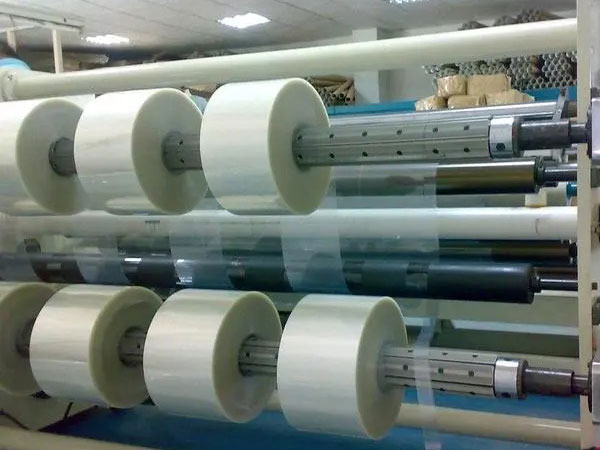
Choosing the right winding method for the film slitter is necessary for the continuous production of high-quality films. Internal forces are generated during the curling process of the material, and the improper curling method may cause product quality problems or even scrap of the coil material. The selection of film winding method will consider many factors such as the size of the paper core, the type of material and the quality of the finished coil, and the understanding of torque, pressure and tension is also very important, which we have introduced in the article "Introduction to the principle of film winding TNT". Let's take a look at the four common winding methods and their respective applications.
The center of the film slitting machine is crimped and winded
Also known as active winding, the winding shaft is usually driven by a motor and the winding force is transmitted to the film substrate through the central shaft. In the center crimping system, the coil can be adjusted by changes in tension and clamp pressure. The center crimp winding and slitting machine produced by Delish Machinery provides an effective solution for some high-quality sensitive film rolling. This type of slitting and rewinding equipment can roll the film into a roll with a low winding tension and is relatively gentle on the handling of the material. The center winding method is ideal for force-sensitive plastic films or composites, thick sheets, nonwovens and papers, as well as materials that are sensitive to tension or pressure during the rewinding process. Still, the weight of the finished coil, the strength of the reel or core, the maximum diameter of the roll are still limited by the torque of the drive motor. Larger reel diameters require larger cores to accommodate larger reels, as well as higher power actuators, placing higher demands on overall power and installation space.
Generally speaking, it is difficult to avoid the influence of electrostatic adhesion to the air layer in the center crimp film slitting machine, which is suitable for low-speed and small-diameter winding. In the process of winding, as the diameter increases, the tension also increases, which is easy to cause wrinkles near the paper core. At this time, it is necessary to gradually reduce the tension according to the taper calculation, and the deviation of the tension can be detected by the floating roller, and the signal can be transmitted to the PLC, and the PLC will feedback the calculated tension to the frequency conversion motor, and drive the central shaft to maintain the constant tension of the film. Of course, a magnetic particle brake can also be used to achieve a constant tension by controlling the magnetic force on the coiling device.
The surface of the film slitting machine is curled and winded
Also known as friction crimping or contact winding, the film winding process is driven by one or more pressure rollers, and the power pressure rollers contact the outer material of the coil to continuously exert pressure and friction to achieve passive rewinding. The tightness of the material can be adjusted by changing the torque of the power roller and the pressure of the pressure roller to maintain the proper hardness of the coil. Compared with the center winding method, the influence of static electricity and air adhesion on the film roll can be effectively eliminated. The unwinding tension is output to the PLC by calculation, and the programmable controller outputs the calculated tension value to the drive roller, because the diameter of the drive roller is constant, and is not affected by the size of the winding winding diameter, so the tension of the coil can be kept stable. In addition, the surface winding and slitter machine is often more energy-efficient than the center winding and slitter machine by driving the winding shaft by the speed of the power roller, which is an economical slitting and rewinding system.
The surface crimped film slitting machine is generally used in large roll diameter, large tension and large thickness change occasions, suitable for materials that are not very sensitive to pressure and torque such as textiles, nonwovens, paper and so on. Since the film roll weight is supported by surface drive rollers during the rewinding process, heavier film materials can be rolled on small diameters or cores that are not very rigid. The tension control actuator of the surface curl is basically the same as the center curl, which can use magnetic powder brake or frequency conversion motor, etc., the difference is that the diameter of the drive roller is constant, even if the coil diameter is large, it does not need much power, and the tension of the winding does not need to be taper, as long as it is consistent with the unwinding tension. It is important to note that the surface crimping method is suitable for thin film materials with low aesthetic requirements, as friction can cause surface damage.
The center surface of the film slitting machine is curled and winded
The film slitting machine with the center surface crimping has two processes: center winding and surface winding. The tension of the film slitting and unfolding can be controlled by applying torque and pressure to the coil by the surface drive roller, while the rewinding center drive force can be programmed to control the tension within the coil. The biggest advantage of the center-to-surface method is that the winding tension can be controlled independently, providing optimal control of the winding tightness, especially for winding highly slippery and extendable films. Winding of larger film diameters can also be easily handled. The center surface winding is suitable for applications with high winding quality requirements, but the cost is not low due to the more complex structure.
Film slitting machine interstitial winding
The gap winding design is mainly to avoid the shortcomings that the material is easy to be scratched in the process of surface curling, so the structure is mainly based on the center winding, and on this basis, the following film roller is added, and the film roller can move backward with the increase of the diameter of the film coil under the drive of the cylinder, and maintain a fixed gap between the film coil and the winding film roll. Since there is always a wrapping angle between the film roll and the coil, it also mitigates the ingress of air into the roll during the winding process. At the same time, the presence of the film roller can also make the lateral traction of the film more balanced, and avoid the wrinkles caused by the imbalance that may occur in the center winding process. Although there are many advantages to intermittent winding, it is expensive due to its complex structure and control.
For the winding method of the film slitting machine, whether it is surface curl or center curl or gap winding, it is the winding power and surface tension that are provided in different ways, Delish Machinery can design and manufacture various types of film slitting equipment for you.
Recent Post
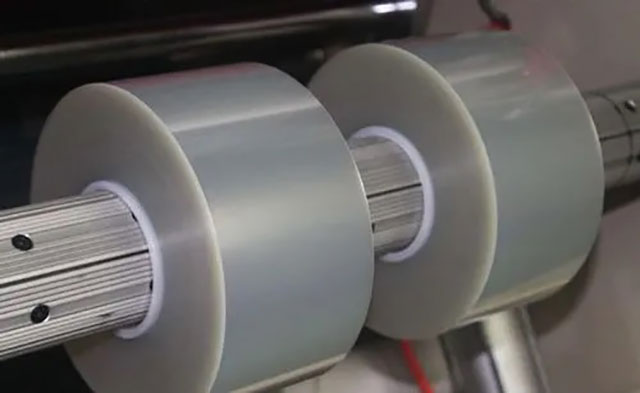 How can film slitting machine improve production efficiency? One-button operation + high-speed slitting17. April, 2025
How can film slitting machine improve production efficiency? One-button operation + high-speed slitting17. April, 2025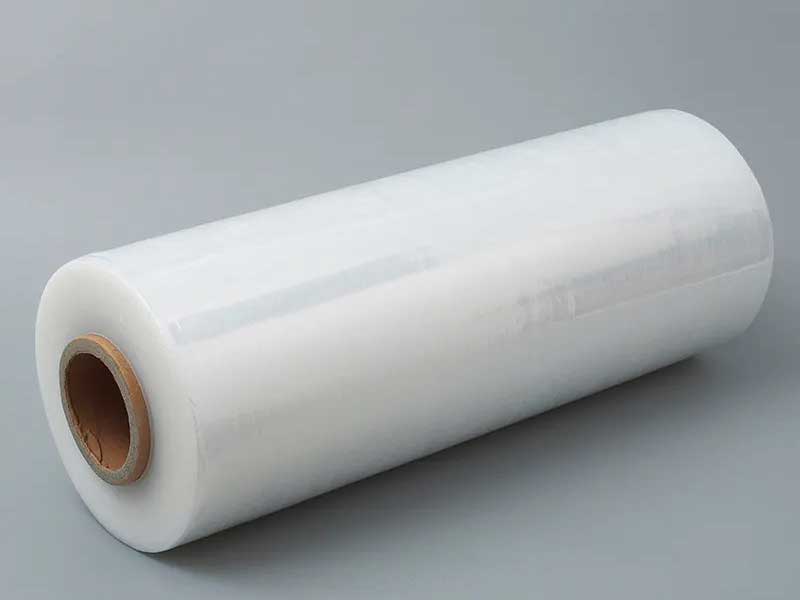 Ultra-thin films, composite films, metal films – the wide applicability of film slitting machines16. April, 2025
Ultra-thin films, composite films, metal films – the wide applicability of film slitting machines16. April, 2025 From PE to PET: How does the film slitting machine adapt to different materials?15. April, 2025
From PE to PET: How does the film slitting machine adapt to different materials?15. April, 2025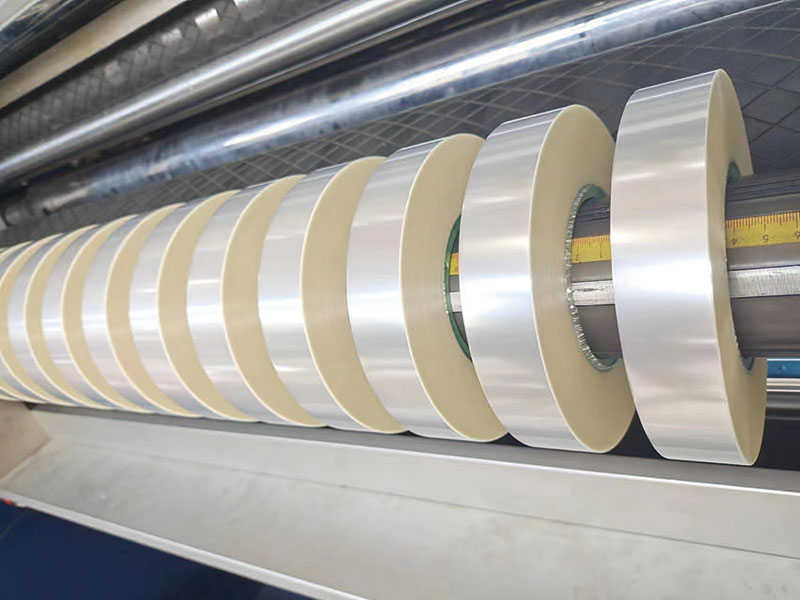 Tension control + automatic deviation correction: the secret of the stable operation of the film slitting machine14. April, 2025
Tension control + automatic deviation correction: the secret of the stable operation of the film slitting machine14. April, 2025
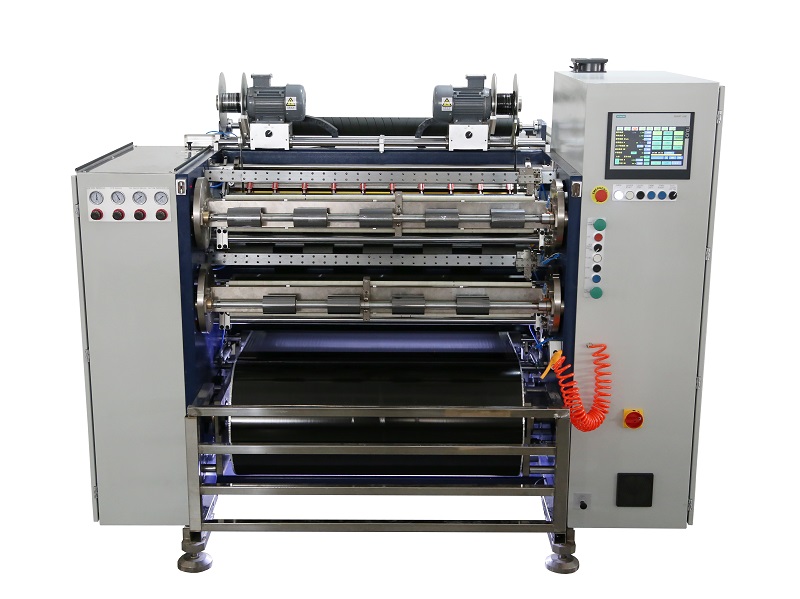 Fully Automatic TTR Slitter RSDS8 Plus
Fully Automatic TTR Slitter RSDS8 Plus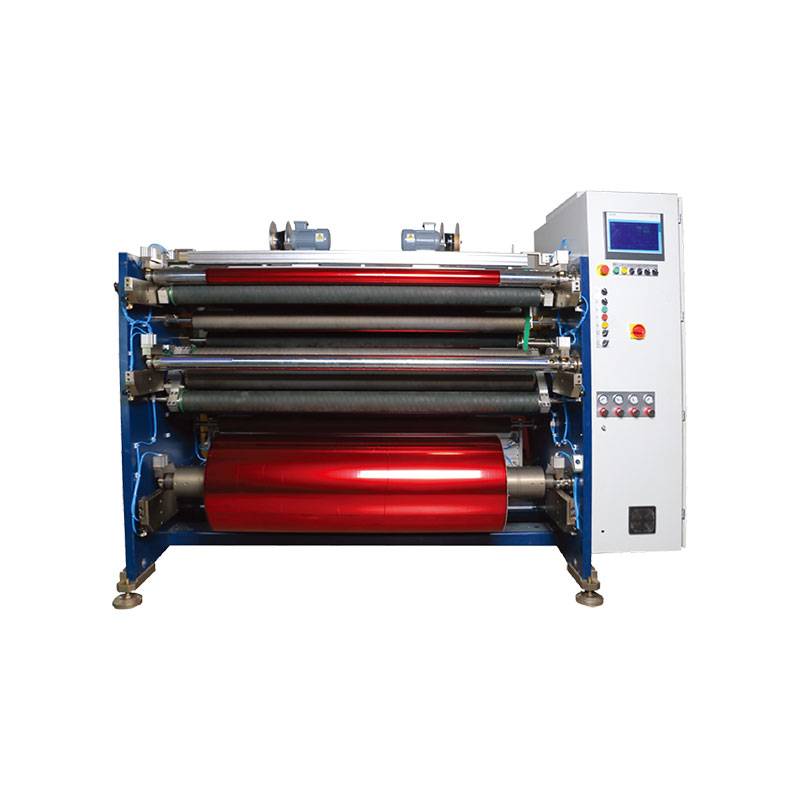 Hot Stamping Foil Slitter 1600mm
Hot Stamping Foil Slitter 1600mm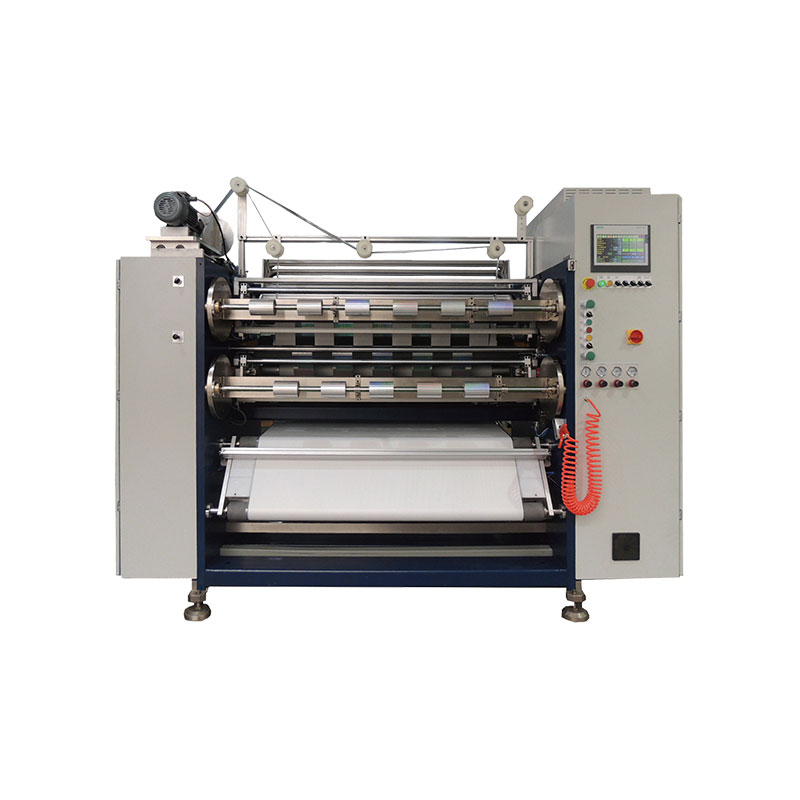 Hot Stamping Foil Slitter (4 Shafts)
Hot Stamping Foil Slitter (4 Shafts) Semi-Auto TTR Slitter RSDS2 Plus
Semi-Auto TTR Slitter RSDS2 Plus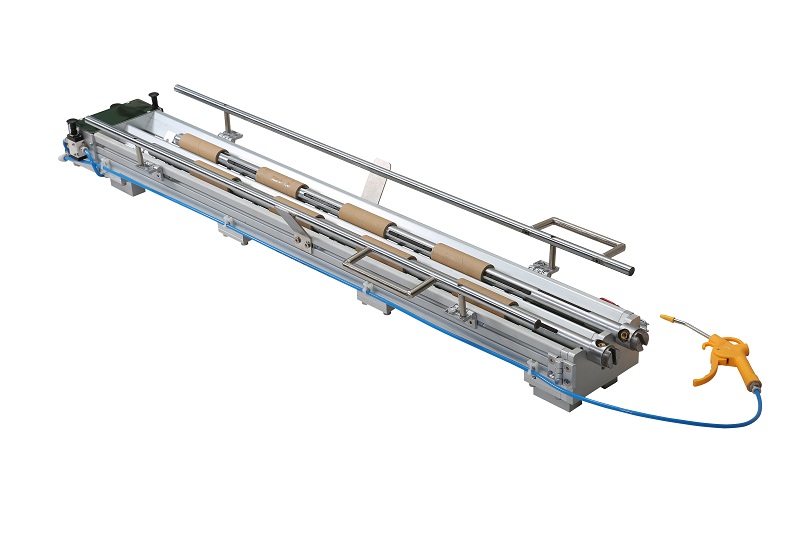 Paper Core Loading Machine
Paper Core Loading Machine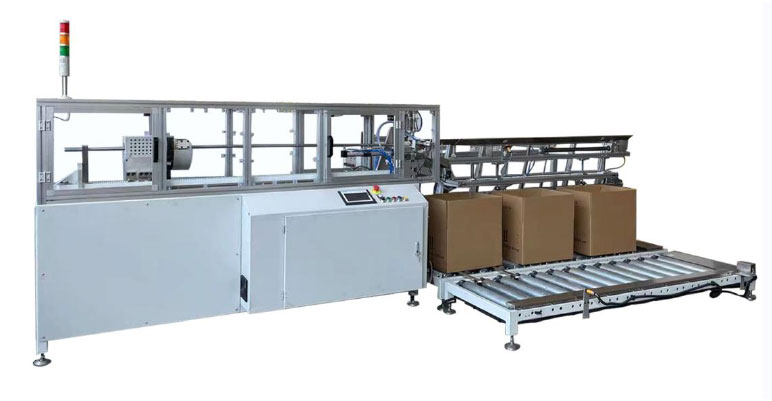 Auto Paper Core Cutter
Auto Paper Core Cutter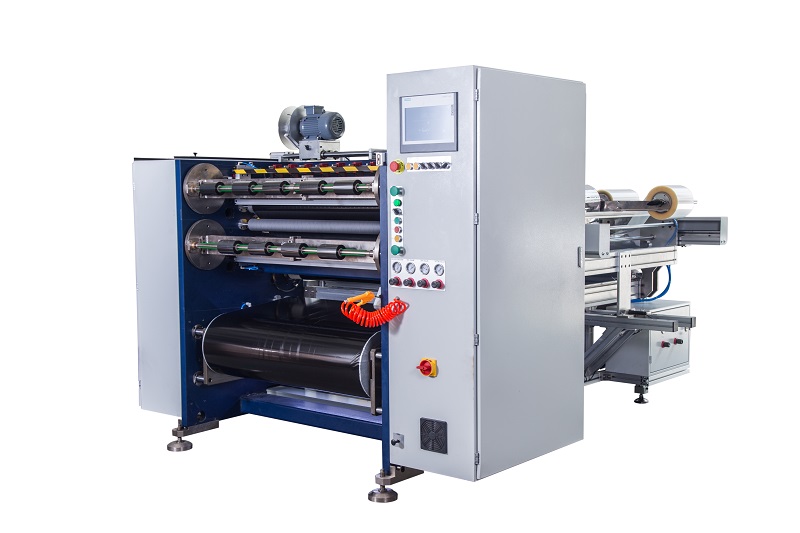 Semi Automatic TTR Slitter RSDS5 Plus
Semi Automatic TTR Slitter RSDS5 Plus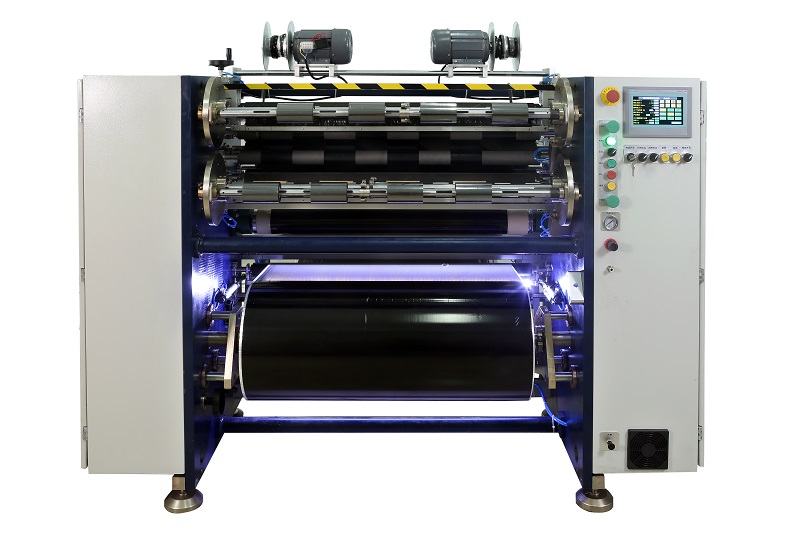 Manual TTR Slitter RSDS2
Manual TTR Slitter RSDS2





